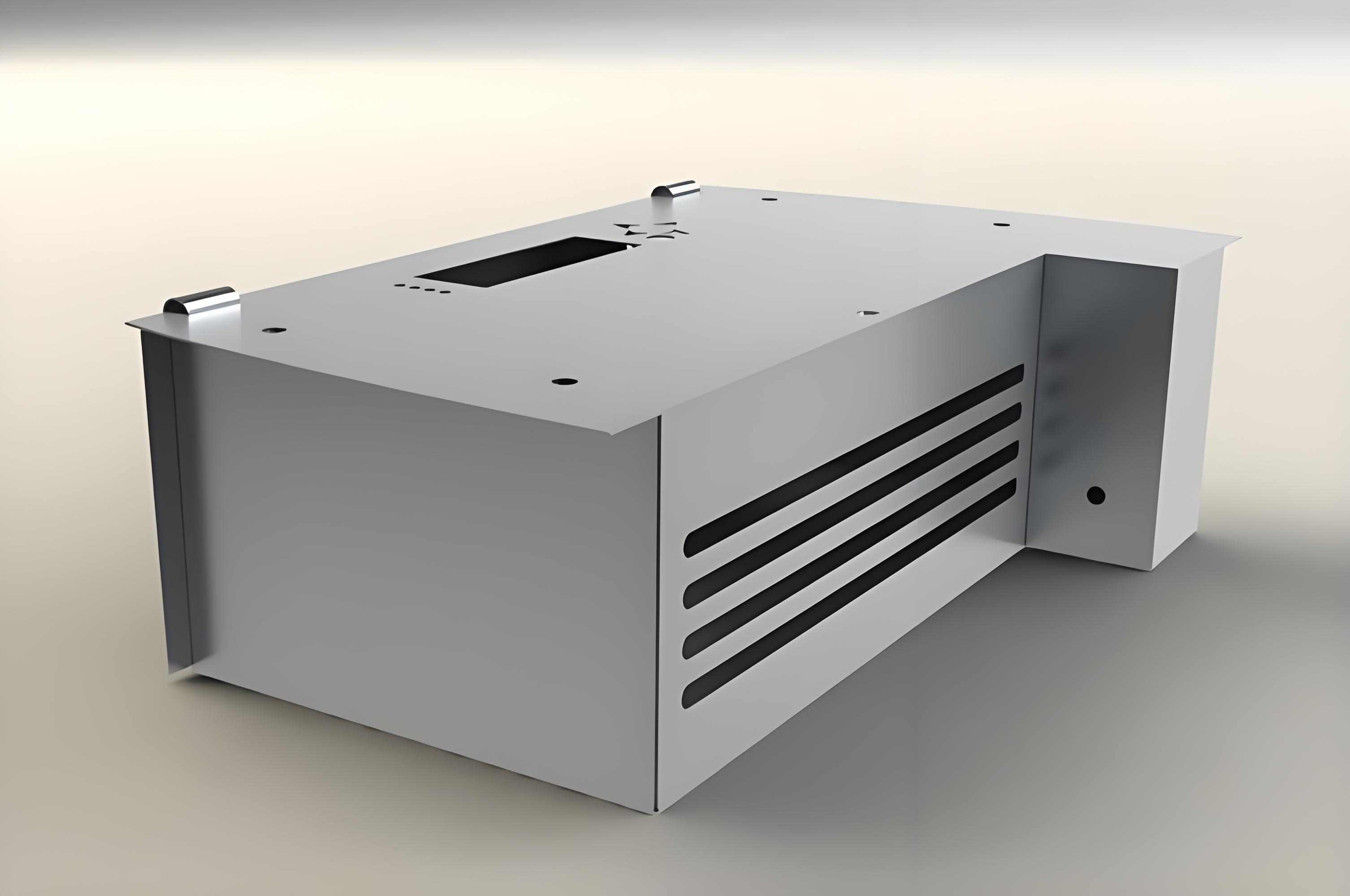Designing the Perfect Custom Sheet Metal Electronic Cabinet for Your Needs
In today’s fast-paced technological world, the demand for custom sheet metal electronic cabinets is on the rise. These cabinets serve as essential housing for electronic components, ensuring protection, organization, and functionality. When designing a custom sheet metal electronic cabinet, several factors come into play, from material selection to manufacturing techniques. At Linkwork, we specialize in providing high-quality custom sheet metal solutions tailored to your specific requirements. This blog will guide you through the key considerations for designing the perfect custom sheet metal electronic cabinet.

1. Define Your Requirements
Before diving into design specifics, it’s crucial to define your requirements clearly:
- Purpose: What will the cabinet house? Understanding the components—be it servers, power supplies, or other electronics—will influence your design.
- Size and Dimensions: Determine the dimensions based on the space available and the equipment that needs to fit inside.
- Accessibility: Consider how often you will need to access the components. Will you require doors, removable panels, or ventilation?
2. Material Selection
Choosing the right material is vital for durability and functionality:
- SPCC (Steel Plate Cold Commercial): Commonly used for its strength and affordability. It’s suitable for most applications.
- Aluminum: Lightweight and resistant to corrosion, making it ideal for portable applications.
- Stainless Steel: Offers excellent durability and corrosion resistance but may be more expensive.
At Linkwork, we provide various materials to suit your needs, including aluminum, stainless steel, and SPCC.
3. Manufacturing Techniques
The manufacturing process significantly impacts the quality and precision of your cabinet:
- Laser Cutting: This technique allows for precise cuts with minimal waste. It’s ideal for creating intricate designs and complex shapes.
- CNC Bending: CNC bending ensures accurate bends with tight tolerances, essential for maintaining structural integrity.
Linkwork utilizes advanced laser cutting machines and CNC bending technology, ensuring that every cabinet meets our high standards of quality.
4. Design Features
When designing your custom sheet metal electronic cabinet, consider incorporating various features:
- Ventilation: Proper airflow is crucial for preventing overheating of electronic components. Design vents or fans into your cabinet.
- Cable Management: Include features that help organize cables neatly to prevent clutter and ensure safety.
- Mounting Options: Ensure that there are adequate mounting points for securing equipment inside the cabinet.
5. Finishing Options
The finish of your cabinet not only affects aesthetics but also durability:
- Painting: A painted finish can enhance appearance while providing a layer of protection against corrosion.
- Powder Coating: This method provides a durable finish that resists scratches and wear.
- Anodizing: Particularly useful for aluminum cabinets, anodizing increases corrosion resistance while allowing for a variety of colors.
At Linkwork, we offer several finishing options such as painting, sandblasting, anodizing, and more to meet your specific requirements.
6. Tolerances and Specifications
Precision is key in manufacturing custom cabinets:
- Minimum Tolerances: Ensure that your design specifies tolerances that suit your application. At Linkwork, we maintain minimum tolerances of +/- 0.05mm to ensure a perfect fit.
7. Compliance with Standards
Ensure that your custom sheet metal electronic cabinet complies with relevant industry standards:
- Safety Standards: Depending on your application, you may need to adhere to specific safety regulations.
- Environmental Standards: If applicable, ensure that your materials and processes meet environmental regulations.
8. Prototyping
Before mass production, consider creating a prototype:
- Testing Fit and Functionality: A prototype allows you to test how well your design meets functional requirements.
- Adjustments: Use feedback from testing to make necessary adjustments before full-scale production.
Linkwork can assist in prototyping to ensure that your final product meets all specifications.
9. Cost Considerations
Budgeting is an essential part of the design process:
- Material Costs: Different materials have varying costs; choose one that fits within your budget while meeting performance needs.
- Manufacturing Costs: Consider the costs associated with laser cutting and CNC bending processes.
At Linkwork, we strive to provide cost-effective solutions without compromising on quality.
10. Collaboration with Experts
Finally, collaborating with experienced manufacturers can make a significant difference:
- Expert Guidance: Manufacturers like Linkwork can provide valuable insights into material selection, design optimization, and production techniques.
By partnering with professionals who understand the intricacies of custom sheet metal fabrication, you can achieve a final product that meets all your needs.
Conclusion
Designing the perfect custom sheet metal electronic cabinet involves careful consideration of various factors—from defining requirements and selecting materials to incorporating features that enhance functionality. At Linkwork, we are committed to delivering high-quality custom solutions tailored specifically to your needs. Our advanced manufacturing techniques combined with our expertise ensure that you receive a product that not only meets but exceeds your expectations.
If you're ready to start designing your custom sheet metal electronic cabinet or have any questions about our services, contact us today! Together, we can create a solution that perfectly fits your requirements and enhances your operational efficiency.
- Art
- Causes
- Crafts
- Dance
- Drinks
- Film
- Fitness
- Food
- Juegos
- Gardening
- Health
- Inicio
- Literature
- Music
- Networking
- Otro
- Party
- Religion
- Shopping
- Sports
- Theater
- Wellness


